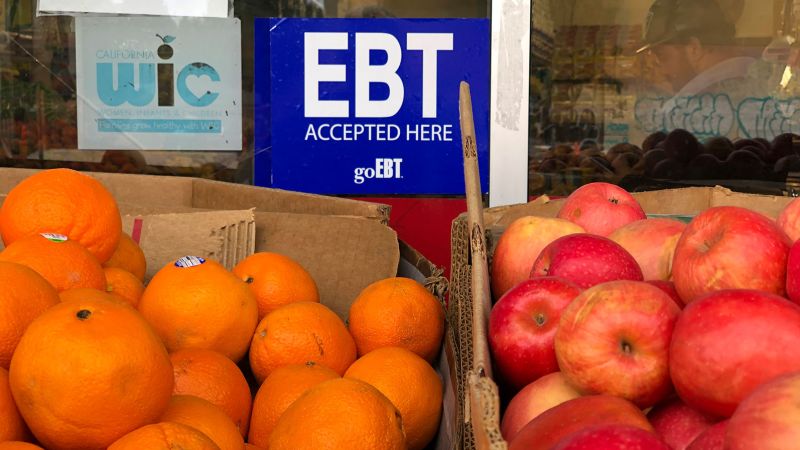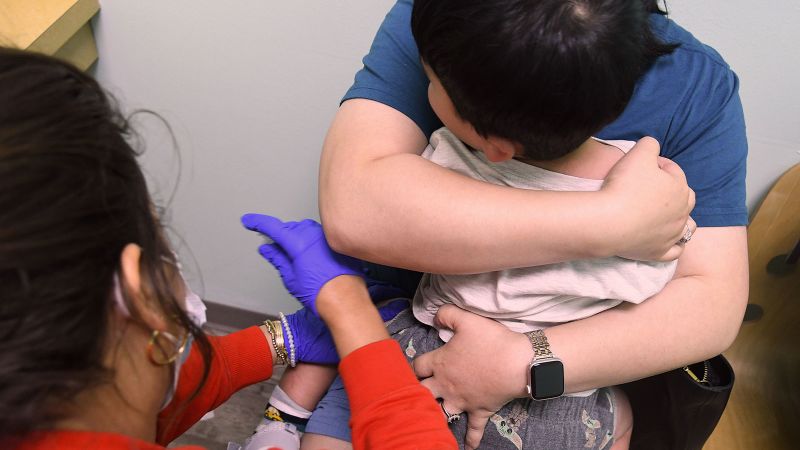
FDA Urges Nicotine Pouch Manufacturers to Implement Child-Resistant Packaging
Politics | 9/5/2025
The US Food and Drug Administration (FDA) has issued a call to nicotine pouch manufacturers to implement child-resistant packaging for their products. This action follows a notable increase in reported cases of accidental nicotine pouch exposures among young children, resulting in instances of nicotine poisoning. The FDA’s initiative aims to address the growing concern over the accessibility of these products to minors and mitigate associated health risks.
According to data from the FDA, the surge in incidents involving children inadvertently getting access to nicotine pouches has raised alarms within public health circles. The agency’s recommendation for child-resistant packaging seeks to prevent further accidental exposures and potential harm to young individuals who may mistake these products for harmless items.
In response to the FDA’s directive, industry stakeholders are urged to prioritize consumer safety by incorporating child-resistant features into the packaging of nicotine pouches. The move underscores the regulatory efforts to enhance safeguards against unintentional ingestion of nicotine, particularly by children who are more susceptible to the toxic effects of the substance.
A spokesperson for a leading public health organization emphasized the critical importance of securing nicotine pouches in child-resistant packaging to safeguard vulnerable populations. The implementation of such safety measures is seen as a proactive step in reducing the risks associated with accidental exposure to nicotine-containing products, aligning with broader public health objectives to promote harm reduction and prevent avoidable incidents.
As the FDA continues to address the issue of accidental nicotine exposures, the call for child-resistant packaging serves as a targeted intervention to enhance product safety and protect children from the potential dangers of nicotine ingestion. Manufacturers are encouraged to swiftly adopt these protective measures to align with regulatory guidelines and contribute to the overarching goal of minimizing health hazards associated with unintended nicotine consumption.


